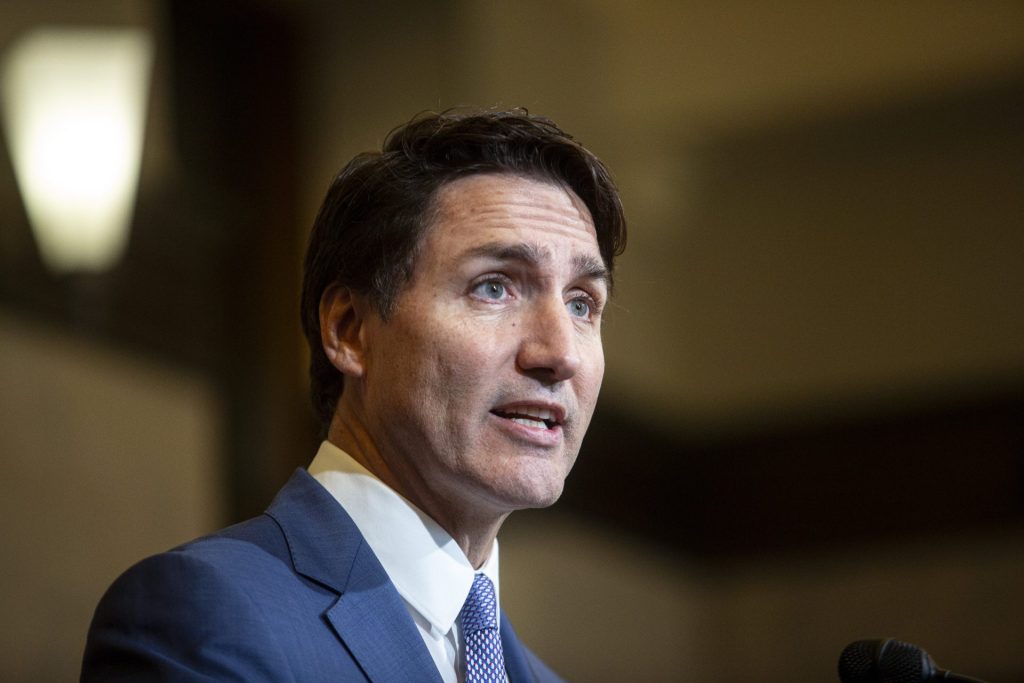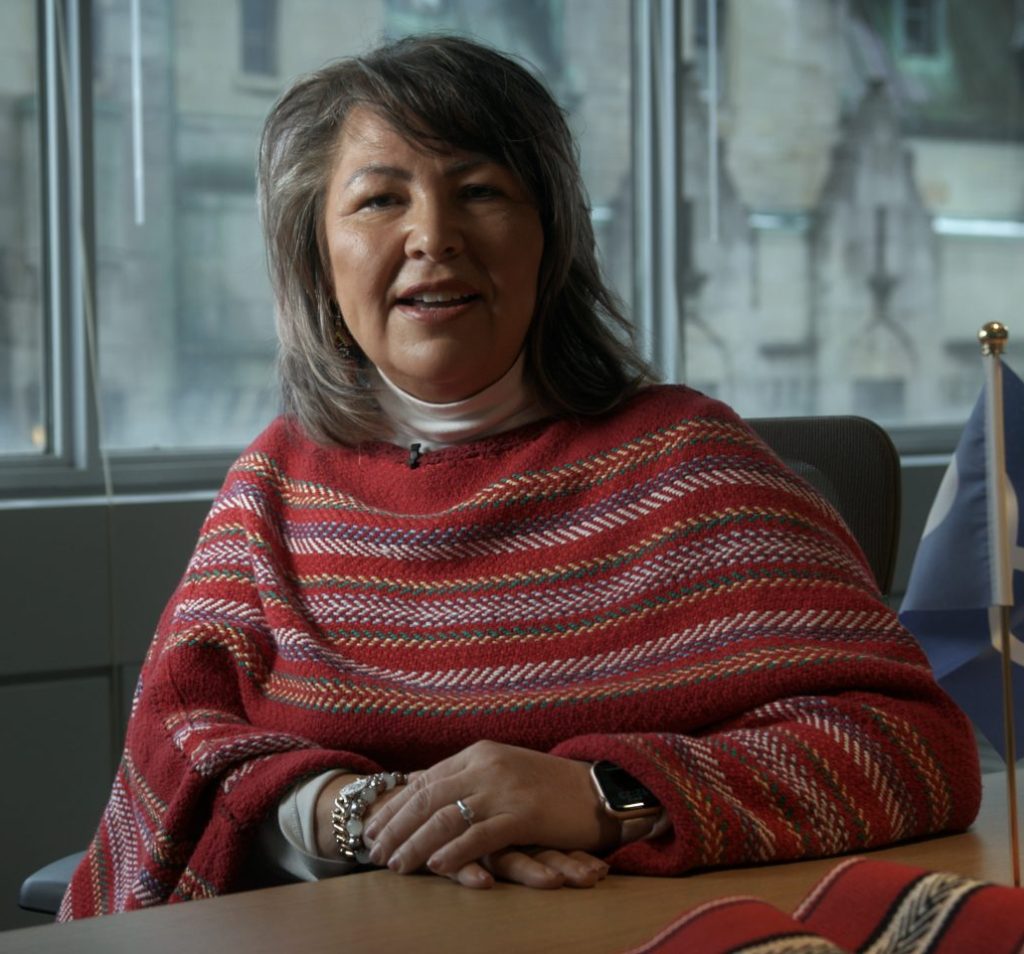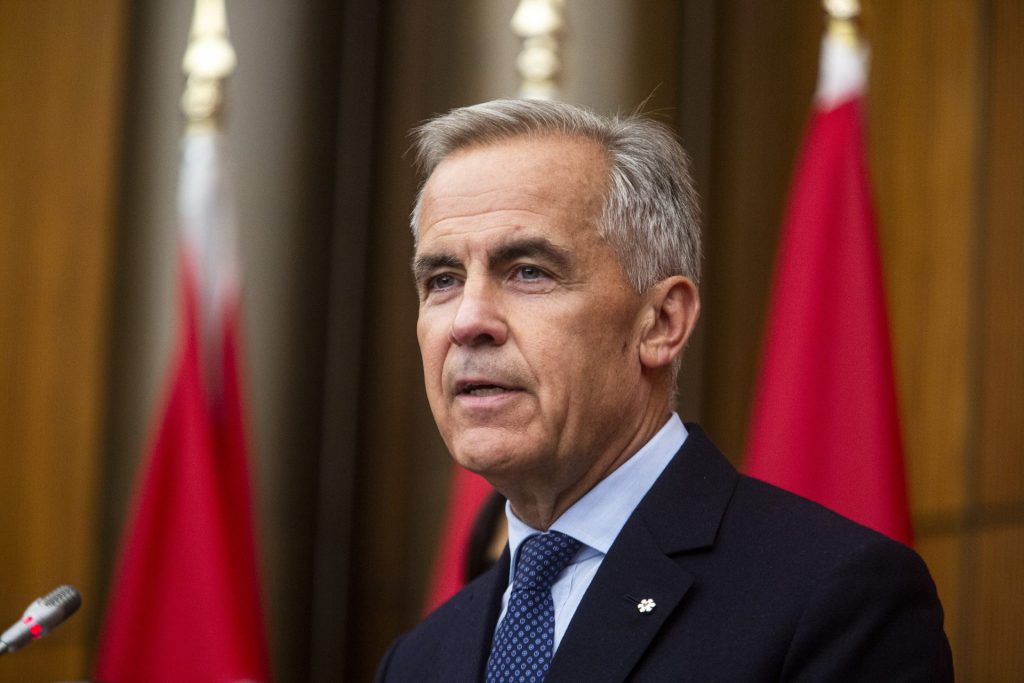Cuts to Indigenous Services Canada sparking concerns of return to ‘Band-Aid solutions,’ and ‘mistakes of the past’

Indigenous Services Canada’s forecasted $7.6-billion cut by 2027-28 is creating concern the Carney government is opting for “Band-Aid solutions” that come with a downstream price tag, both in the courts and the “human cost” tied to ongoing boil-water advisories and poor housing conditions on reserves.
The department is set to slash funding from the projected $27.7-billion in 2024-25 to $24.1-billion this fiscal year, according to the department’s 2025-26 plan, marking an immediate drop in funds by $2.4-billion. That amount more than doubles over the next three years, with another $5.2-billion cut by 2027-28, putting the budget that year at $20.1-billion. The number of staff are expected to reach 6,730 at that point, representing a drop of 22.5 per cent of full-time jobs, or 1,961, compared to this year.
University of Toronto assistant professor of political science Chadwick Cowie said these cuts could have significant consequences for First Nations, which he noted are a federal jurisdiction, not provincial, and in a “nation-to-nation” relationship with the federal government.
He pointed to the plan’s projected funding cuts to infrastructure projects as cause for concern.
“I’m from a First Nation community. There’s always infrastructure projects,” said Cowie, who is from the Michi Saagiig Nishnaabeg community of Pamitaashkodeyong, or Hiawatha First Nation, southeast of Peterborough, Ont. “Have you ever driven on a road on a reserve? They’re bad. Have you seen some of the water issues?”
Indigenous Services Canada (ISC) “primarily” attributes its cuts over the next three years to funding reductions for infrastructure projects, including the First Nations Water and Wastewater Enhanced Program, which is forecast to be sunset on March 31, 2026. The program works to implement clean water and sewage systems in First Nations.
Then-prime minister Justin Trudeau committed $1.55-billion to improve water conditions in First Nations in the Liberals’ November 2023 fall economic statement, renewing the program for the next two years.
The Hill Times asked ISC how the department would implement clean drinking water in communities going forward. In a statement, a spokesperson said the department will continue to work with First Nations to “lift all long-term drinking water advisories,” and “build a foundation of reliable infrastructure and increase access to clean drinking water on reserves for generations to come.” The statement did not elaborate on how.
Aspects of plan ‘repeating the mistakes of the past’: lawyer David Taylor
Cowie said that under the Trudeau government, drinking water conditions improved in communities as there was a commitment to “actually fixing the issue.”
Still, he said, “we’re dealing with people who, in some cases, are having to boil water, or don’t even have access to proper drinking water in their traditional territory, in a first world or developed country.”
In 2015, Trudeau promised to end boil-water advisories in Indigenous communities within five years. During his near decade in office, he implemented programs like the First Nations Water and Wastewater Enhanced Program to try to meet that goal.
In March 2025, there were still 35 long-term drinking advisories in place across 33 reserves.
Cowie said his community had been requesting a water filtration system for more than a decade before one was built two years ago.

“My mom, for the last 10 years of her life, had to buy bottled water, and we’re talking about in a community that’s 20 minutes outside of Peterborough, Ont.,” he said.
But Cowie said he’s worried cuts mean there will be a return to previous governments’ approaches to water infrastructure, which he said was to provide only patchwork repairs or “Band-Aid solutions” to systems that would “then fall apart again,” instead of investing in new or improved infrastructure.
David Taylor, counsel of record in the First Nations Child and Family Caring Society of Canada’s complaint before the Human Rights Tribunal concerning on-reserve inequities in child and family services, said he also felt aspects of the plan were “repeating the mistakes of the past.”
He said the proposed cuts “may save the nation funds today,” but that it “increases costs in the future,” pointing to recent class-action settlements, like the $23.34-billion First Nations Child and Family Services and Jordan’s Principal Settlement Agreement.
“There’s a human cost in terms of what the lack of services does to communities,” said Taylor, who is a managing partner at the Ottawa-based litigation firm Conway. “We see it in boil-water advisories. You see it in the poor housing conditions on reserve. … You see it in educational outcomes and attainment for kids.”
Cowie pointed to health care, education, and social services for First Nations as other chief concerns in the cuts.
According to the plan, funding for elementary and secondary education is set to wind down, including for the First Nations Elementary and Secondary Education Program, which supports on-reserve education.
Departmental staff cuts are attributed “mainly” to a decrease in funds and program wind downs. The plan says mental wellness and substance-use treatment services’ funding will sunset, as will funding for Indigenous policing and community safety, among other programs. This year, the department is set to trim 351 full-time positions.
Métis National Council president Pruden says cuts present an opportunity

But Victoria Pruden, president of the Métis National Council (MNC), said staff cuts and a reduced bureaucracy could present an opportunity for more autonomy for Indigenous governments.
Pruden said allowing Métis and other Indigenous governments to handle delivering some ISC services—reporting their actions to the government—would be a “win-win” situation for the government to “reduce administrative bloat” and meet their goals.
She said the MNC is “really honing in and encouraging … where [ISC] can administratively cut back, and have more direct flow throughs to communities.” Pruden added that many Indigenous governments “are already poised and ready” to deliver programs and services handed by ISC.
It’s also something Métis governments are telling the MNC they would like to see, she said.
Still, Pruden said the MNC will be watching Ottawa’s plans in the coming months to see where the cuts lie.
Cowie also said he’s not opposed to staff cuts at ISC and Crown–Indigenous Relations and Northern Affairs Canada (CIRNAC) for similar reasons. CIRNAC is also projecting a 40 per cent spending cut over the next three years, including 200 full-time staff.
He explained much of the departments’ funding goes to maintaining its staff and operations, and not to Indigenous communities themselves.
“In First Nations communities, there’s people who can do some of that work,” he said. “You have people … in major cities across Canada instead of having people who are on the ground in these communities, who know their territory, who know what is needed in their community.”
ISC—one of the largest federal departments—and CIRNAC are not the only federal departments facing significant cuts. Federal departments are cutting staff and expenses across the board under the direction of Prime Minister Mark Carney (Nepean, Ont.). The Treasury Board itself is set to reduce staff by 10 per cent over the next three years, and Health Canada is forecasting a $1-billion spending drop for the same period. Carney has also said he wants ministers to find savings of up to 15 per cent by 2027-28 in their departments’ operational spending.

But Taylor said that though the cuts are across the board, they are likely to disproportionately impact Indigenous people. Economic and Social Development Canada services much of this country’s 41 million people, for example, so those cuts would be “distributed across a wider base,” whereas ISC covers a much smaller group who will feel the cuts more deeply. Indigenous people represent about five per cent of the country’s population.
“First Nations, Inuit, Métis communities—these are some of the folks that face the greatest disadvantage in our country,” Taylor said. “It’s really not recognizing the systemic disadvantages these folks face, and that the greater impact that those cuts and supports will have on them, because often there aren’t other alternatives.”
Taylor also said ISC “has a real delivery problem” that’s not likely to be improved by staff cuts.
Canada’s auditor general recently found ISC was missing its service standards in more than 80 per cent of applications for status under the Indian Act. The June report says that the average processing time for registration was close to 16 months, far above its six-month benchmark.
In a statement, ISC said the department is working to analyze and identify efficiencies and improve processing times, pointing to an “expansion of digital tools” intended to increase efficiency.
But Taylor said cutting staff and expecting to have “the same or better performance” doesn’t “make a lot of sense.”
“It certainly doesn’t reflect strategic thinking,” he said. “What I think it reflects is a government-wide objective to meet … the seventh criterion in the mandate letter, which is save Canadians money where you can.”
Carney’s singular mandate letter directed ministers to spend “less on government operations so that Canadians can invest more in the people and businesses that will build the strongest economy in the G7.”
ewand@hilltimes.com
The Hill Times






 LICENSING
LICENSING PODCAST
PODCAST ALERTS
ALERTS













